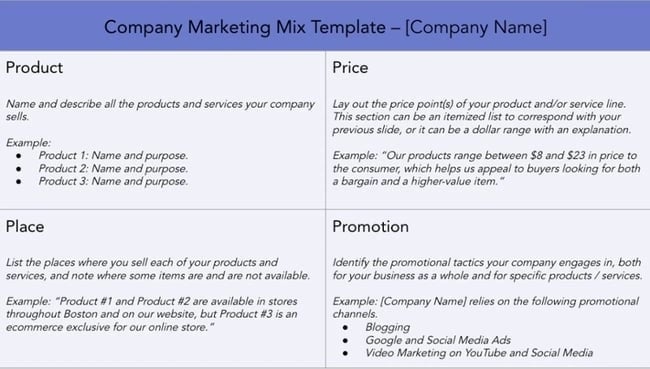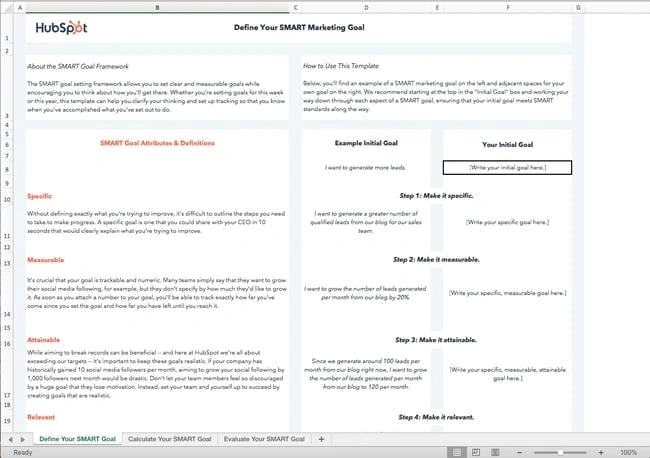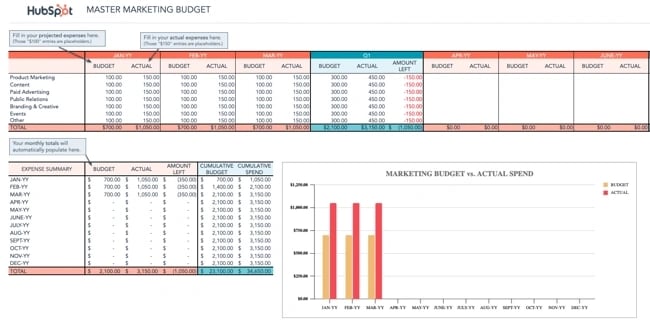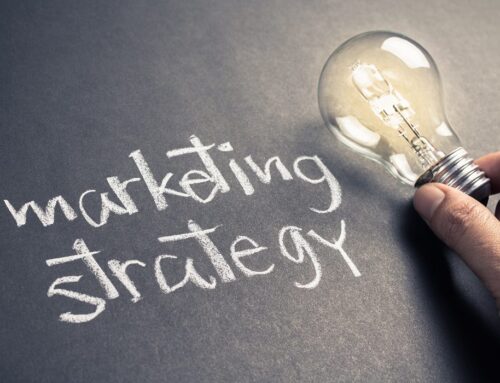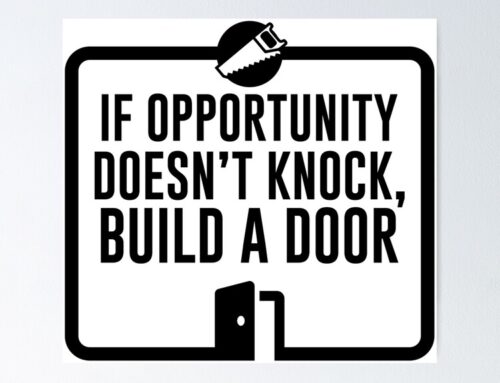Creating a marketing strategy is essential to effectively nurture your customers, improve your business’s bottom line, and increase the ROI of your efforts.

A marketing strategy is especially critical if you want to use the highest ROI trends for 2023: short video, influencer marketing, and branded social media. To get powerful results, you must carefully weave both emerging trends and proven strategies into your plan.
Let’s dive into the critical components of a complete marketing strategy in 2023, followed by some examples for inspiration.
Marketing Strategy
A marketing strategy covers a company’s overall approach for promoting its brand to a target audience. The process involves research, goal-setting, and positioning.
A completed marketing strategy typically includes brand objectives, target audience personas, marketing channels, key performance indicators, and more.
A marketing strategy will:
- Align your team to specific goals.
- Help you tie your efforts to business objectives.
- Allow you to identify and test what resonates with your target audience.
- Empower you to capitalize on emerging trends.
The last one is especially important. Keeping up with marketing trends is important for your strategy, but could be a full-time job.
Why? Because almost 80% of marketers say this industry changed more in the last three years than it has in the past five decades. In short, what worked for your marketing strategy in the past might not fly today.
Marketing Strategy vs. Marketing Plan
A marketing strategy outlines the long-term goals and overall approach, while a marketing plan covers the specific actions and tactics to achieve those goals.
Phrased another way, marketing strategy guides the overall marketing efforts of a business. It includes goal-setting, market and competitor research, as well as messaging and positioning for a brand.
For example, say you’re creating a marketing strategy for a new fashion brand. Your strategy might target young urban professionals and position the brand as trendy and affordable.
But a marketing plan is a detailed tactical roadmap. It outlines the specific actions and tactics that should achieve the marketing strategy’s goals.
For example, the marketing plan for the fashion brand mentioned above might include:
- Targeted social media campaigns
- Influencer partnerships
- Online advertising timeline
Both a marketing strategy and a marketing plan are essential for a business’s succ
To succeed in the fast-paced marketing world — and maintain a sense of relevance with your audience — it’s vital to stay ahead of the curve.
To help ease some of that uncertainty, we’re going to show you step-by-step how to create a comprehensive marketing strategy. But first, let’s go over the individual components that make up a strong marketing strategy.
Marketing Strategy Components
- Marketing Mix (4 Ps of Marketing)
- Marketing Objectives
- Marketing Budget
- Competitive Analysis
- Segmentation, Targeting, & Positioning
- Content Creation (Including Trending Content)
- Metrics & Key Performance Indicators
1. Marketing Mix
Image Source
The marketing mix, also known as the 4 Ps of marketing, is the preliminary document you must create to understand what you will be marketing, where you’ll be marketing it, and how you’ll be marketing it. The following P’s make up this framework:
- Product: What are you selling?
- Price: What is the price?
- Place: Where will you be selling the product?
- Promotion: Where will you be promoting the product?
You can then extrapolate this information into a full-fledged marketing plan for each promotional channel. It’s important to lay out the information in broad strokes so that you understand the overall direction of your marketing strategy.
2. Marketing Objectives
Image Source
You can set your marketing objectives in conjunction with your 4 Ps, or right after. Either way, you should outline your marketing goals before building upon your strategy. Why? Because your goals will inform other components of the plan, including the budget and content creation process.
With every objective, you should aim to be as specific as possible. Try to create SMART marketing goals divided by channel or promotional tactic, and don’t forget that you can always come back and revise your goals as your priorities change.
3. Marketing Budget
A marketing budget is an essential element of your strategy. Without allocating funds to hiring the right talent, using the right software, advertising on the right channels, and creating the right content, your marketing strategy won’t have a powerful impact. To get a high return on investment, you must first invest.
Remember that you can always start small — hyper-focusing your budget on one or two efforts — and build upon them once you generate an ROI.
4. Competitive Analysis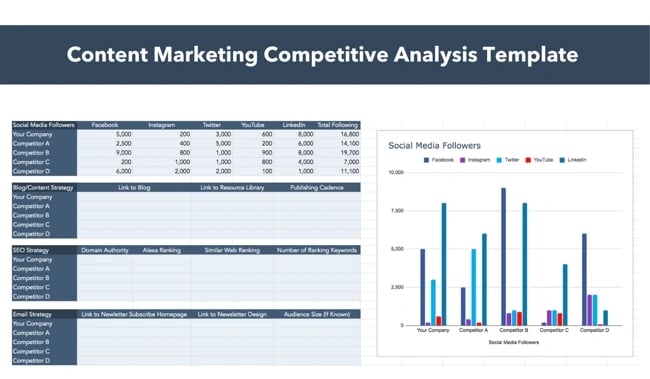
Knowing your competition is key when creating a marketing strategy. Otherwise, you risk “yelling into the void” without measurable results. Worse, you won’t know whether you’re differentiating yourself enough from the competition and effectively drawing the attention of your intended audience.
You might already have an idea of who your competitors are, but it’s still essential to sit down and find them. You might end up uncovering a surprise competitor who’s vying for your target buyer’s attention and engagement.
5. Segmentation, Targeting, and Positioning
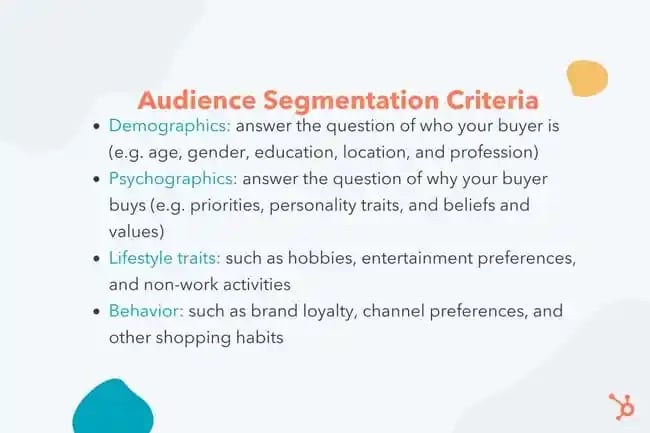
Segmentation, targeting, and positioning (STP) refers to the process of delivering “more relevant, personalized messages to target audiences.” In other words, rather than publishing posts and advertisements on a whim, you’ll go through a methodical process for creating content that resonates with your target buyer.
During the segmentation, targeting, and positioning process, you’ll take three steps:
- Identify your target audience. This process not only entails interviewing your current customers, but carrying out market research and creating buyer personas.
- Target a segment of your target audience. It’s best to speak to a narrow group of highly qualified buyers than to send your message out to everyone.
- Position your brand alongside other brands. What do you do better than your competitors? It’s essential to map this information when creating a marketing strategy.
6. Content Creation
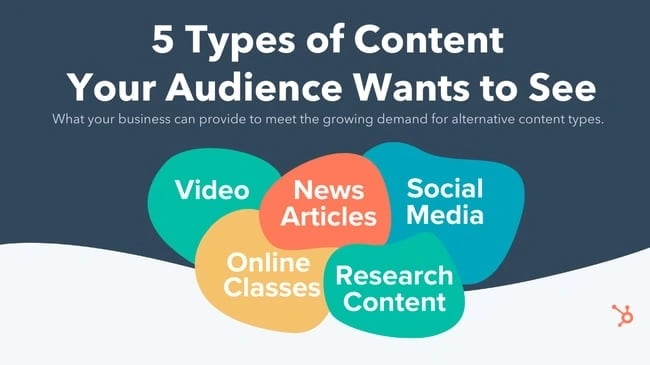
Once you have your budget, competitive outlook, and STP information, it’s time to create your marketing content. But it’s essential to be strategic. For one, you don’t want to publish random content that doesn’t solve for the customer, and for two, you must aim to capitalize on emerging trends so that your brand enjoys high visibility in the marketplace.
The competition is fierce across all formats. According to HubSpot Research, “half of marketers are using videos, with 47% leveraging images, followed by 33% posting blogs articles, infographics (30%) and podcasts or other audio content (28%).” Of these, video has the highest ROI.
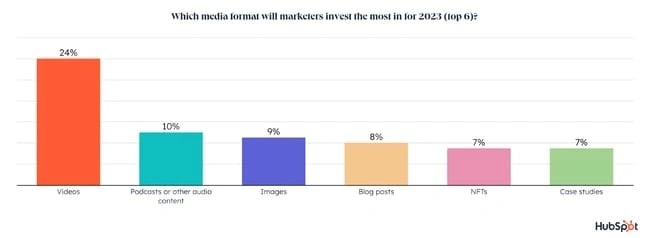
It’s even more essential to invest in trends that have a high ROI, such as short-form video, influencer marketing, and social media DMs.
That doesn’t mean you shouldn’t invest in blogging, one of the most proven content marketing techniques. It’s simply important to know where to allot the most resources, especially if you have a limited budget.
7. Metrics & Key Performance Indicators (KPIs)
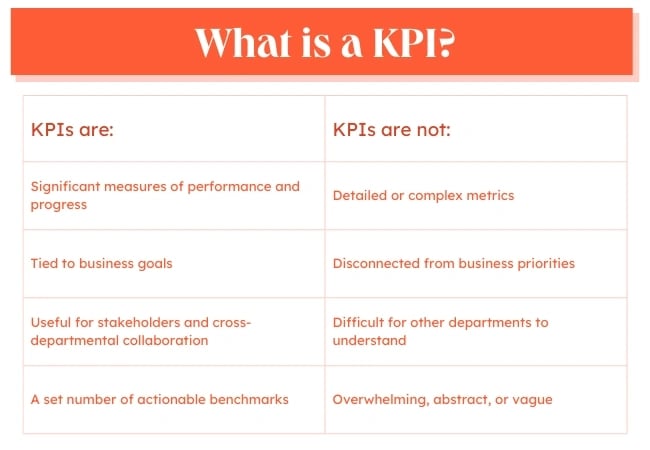
Last, but certainly not least, your marketing strategy must include metrics and key performance indicators to understand how well your strategies are working. The KPIs you choose will vary depending on your business type and preferred customer acquisition channels. Examples of KPIs include:
Now, let’s dive into why it’s important to follow the steps of a marketing strategy.
Article by Hubspot – Kayla Carmicheal

206-391-5682
i2i@i2idirectmarketing.com
www.i2idirectmarketing.com
“…all deliveries GPS tracked…”

